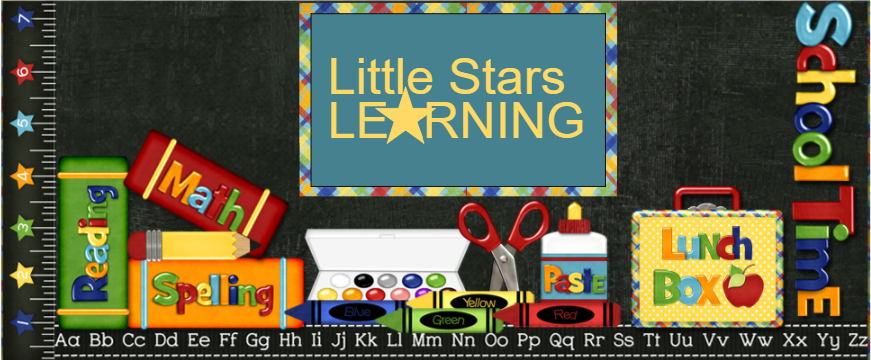Time to change out the sensory bin from March to April. Since we are doing a full-on regarding holidays this year, since the bigs are heading off to kindergarten in the fall, Easter is the theme.
I wanted to use birdseed as our fill-n-pour, but the girls insisted that we use the red/white/blue rice.
There are many learning activities available with this sensory bin.
What's in it?
1 egg carton
18 plastic eggs*
18 colored feathers
1 set of egg dying baskets*
1 package of small/medium/large colored pom poms*
3 bunny plastic eggs*
1 package pink/green/blue styrofoam glitter eggs*
8 chick plastic eggs*
1 package Easter erasers*
crimped paper shreds
colored rice
*From the dollar store
Additional: tools, baskets, containers
The Learning Games
Number Matching 1-18:
At the bottom of the 18 egg carton, I wrote the numbers in colored Sharpie. The colors give a visual clue of the color of the egg for those children less skilled. For the more advanced, they usually grab an egg then look for a number, often disregarding the color coordination.
Color Matching - Eggs:
For children who don't know their numbers, the egg carton can be used a simple color matching game with the color of the written number to the color of the eggs.
Color Matching - Feathers:
18 colored feathers are included in the bin, allowing for the same color matching activity, but with feathers.
Which Chick Has the Egg?
One child places a small egg into a chick and puts it back into the "nest." The other child[ren] take turns picking out a chick by number, and looking inside to see if that the one. If not, the chick gets closed and replaced and another turn is taken until the egg is found. Works prediction and number recognition 1-8.
Color Sorting Bunny Tails:
Sorting the pom pom "bunny tails" into the egg dying cups. These cups aren't that sturdy, so I've wrapped them in packing tape this year to see if they hold up. If not, I'll be buying small metal buckets for this activity in the future. They count how many are in each cup after sorting. Since they can't usually find all of them, or appropriate them, at every session, the quantities should change every time.
The feathers can be sorted into the cups as well, but there are only 3 feathers of each color on purpose for the egg carton, and there isn't an orange cup in this set. So sorting the feathers in this cup set has limited value.
Sorting Bunny Tails by Size:
These bunny plastic eggs came as a set of 3. It works, as the pom poms came in small/medium/large and this is a good observation, logic/reasoning, and fine motor activity. They fill up the bunny bottoms then count how many were in each one as they take them back out. A good volume measurement introduction as well.
Bunny Color Sorting:
These styrofoam eggs only come in the blue/pink/green, so sorting them in the bunnies works. Again, counting how many once done.
Matching:
This set of Easter erasers just happens to have two of each style. Perfect for a simple matching game.
When I introduce the new sensory bin, I let them go at it for a while, then I introduce the learning games that I don't see them incorporating into their play. I simply do them while we play, and they pick up on any they are interested in and developmentally ready to perform.
They also make baskets, do fill-n-pour and have fun.
You may also be interested in our Spring Sensory Bin.
Tags: daycare, child care, preschool, pre-k, sensory, sensory bin, math, early math, science, gross motor, fine motor, homeschooling, kids, child, Easter, holiday, spring, egg, eggs, theme, curriculum, unit









































